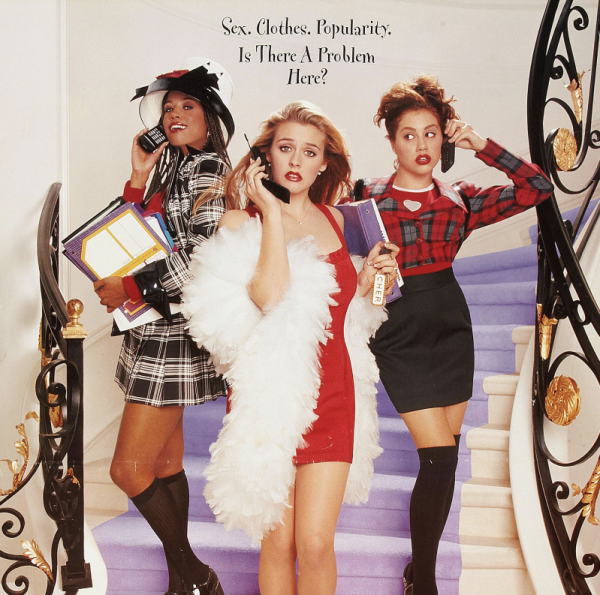Mike Mills’ “C’mon C’mon” whimsically displays humanity in its purest form
A heartfelt father/son story about an uncle and nephew, Mike Mills has returned with his undying appreciation for the human condition with “C’mon C’mon.”
December 2, 2021
From the acclaimed director of 2016’s “20th Century Women,”Mike Mills has returned with his undying appreciation for the human condition with “C’mon C’mon.” A heartfelt father/son story about an uncle and nephew.
The film starts with Johnny (Joaquin Phoenix), a radio journalist traveling the United States interviewing children of all ages on their hopes for the future. His journalistic journey takes a quick halt however when his distant sister (Gaby Hoffman) calls him over to Los Angeles to take care of her child, Jesse (12-year-old actor Woody Norman), as she takes care of her ex-husband in rehabilitation. Left to themselves, Johnny and Jesse as a team continue Johnny’s radio tour – and the two form a bond that brings their family closer.
Phoenix is undeniably one of the most pronounced actors of his generation and he delivers another home run in the character of Johnny. His swiftly optimistic yet melancholic presence practically sells the film itself. But it’s little Woody Norman who totally steals the show. A future star in the making, Norman delivers one of the most relentlessly amazing child performances of this year and really this century. The dynamic between Johnny and Jesse is so well-layered and thought-out, only helped further by the fantastic screenplay. There isn’t a single weak performance in this film. Everyone brings such a level of grounded nuance that I managed to forget I was watching actors most of the time.
The film is shot entirely in black-and-white. One may be skeptical at the stylistic decision to present the film like that but it is definitely beneficial in terms of emotional visualization. The bright whites pierce and shine through the mellow greys, only faintly tainted by the occasional hazy black. It’s a cozy viewing experience that wouldn’t have the same memorability if it was shot in color.
It’s an unbelievably accessible experience. It’s the film equivalent of a comforting embrace from your most reliable friend. I was not expecting to be as floored by its charm as I was but the artistry overcame me on such a deep and emotional level, I feel comfortable calling it one of my favorite films of the year. It’s a perfect, universally resonant family tale with a hint of cynicism and wonderful visual storytelling.
I’d recommend going with your family to catch this film on the biggest screen possible this holiday season – and I’d also advise checking out the rest of Mills’ filmography (“20th Century Women,” “Does Your Soul Have a Cold?)”
(Now playing in theaters everywhere)
(Rated R for Language)

















